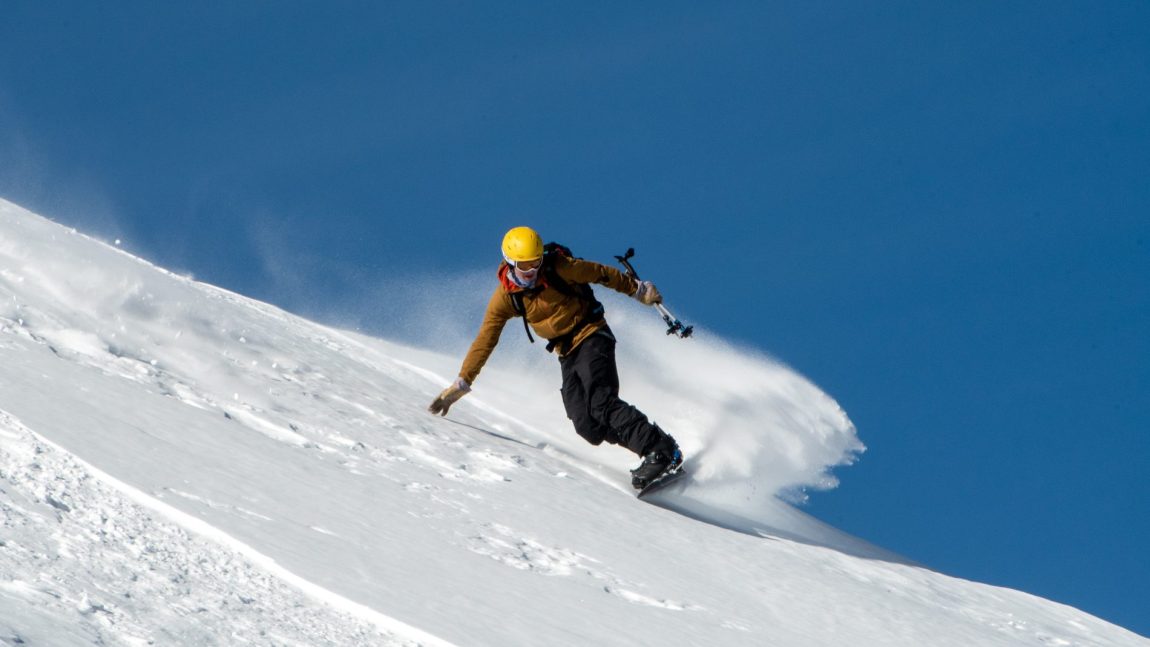Skinning above treeline on a quest to ride a big mountain line is an experience like no other due to the alpine glow of the rising sun, the crisp thin air, and the pristine nature of the backcountry snow. However, there are a lot of considerations and preparations that go into riding a high alpine line. Avalanche hazards and weather patterns are the most prevalent considerations, but a successful adventure also comes down to terrain choice and timing.
Avalanches and Spring Weather
Anytime you venture into the snow-covered backcountry, the first and most important consideration should be the avalanche and weather forecasts. The long, steep, and exposed backcountry lines of our dreams are too dangerous to ride during the peak of winter due to prevailing avalanche hazards. However, in the springtime, when the sun is in full force and beginning to thaw the winter freeze, the snow experiences a phenomenon where problematic layers that cause avalanches start to heal, creating strong bonds between layers. This is why spring is the ideal season for ski mountaineering objectives.
A daytime warming and nighttime freezing snowpack help reduce the prevalence of persistent weak layers, but it does not remove the hazard altogether. When the snowpack experiences an extreme warming event, or no overnight refreeze, the consideration for avalanche hazards shifts towards wet avalanche problems. This is when terrain choices and timing are paramount for a successful and safe descent.
Terrain Choice and Timing
Once the avalanche and weather forecasts have been studied, and a window of opportunity presents itself, it is time to consider the specific objective and the specific line on the mountain that is, “Game On”. Easterly and southerly aspects experience the most significant temperature gradients between warming and freezing, which could be advantageous for early spring objectives but could also be more vulnerable to wet avalanche problems. Northerly aspects experience less solar radiation and have a more narrow temperature gradient, which shelters these aspects from extreme warming events. However, the problematic layers heal slower, causing greater uncertainty about the stability of these aspects.
Picking the right objective and aspect can be challenging when considering the possible avalanche problems; however, timing is just as crucial as terrain choice. When a line on a mountain has a reduced persistent weak layer avalanche problem but an increased possibility of wet avalanche problems due to spring warming, it is critical to consider timing. Ensuring the summit is reached, and the descent has begun before any afternoon warming occurs is a way to mitigate wet avalanche problems. Skinning on hardpack frozen snow also makes for an efficient climb but a sketchy descent. Gaining the summit right as the snow softens is the sweet spot needed for a successful ascent and descent.
Riding big mountain lines in the springtime adds an additional level of adventure on top of a successful ski season, but interpreting the avalanche forecast and understanding the weather patterns takes practice. Picking the right line for the conditions and nailing the timing component takes years of experience. That is why the Rocky Mountain Outdoor Center has you covered with several experienced and educated guides who can take you out on a ski mountaineering adventure. Click here for more information about our spring skiing and ski mountaineering trips.


 RMOC is an equal opportunity service provider. RMOC operates under special use permits from the San Isabel National Forest. All or part of this operation is conducted on Public Lands under special permit from the U.S. Bureau of Land Management.
RMOC is an equal opportunity service provider. RMOC operates under special use permits from the San Isabel National Forest. All or part of this operation is conducted on Public Lands under special permit from the U.S. Bureau of Land Management.